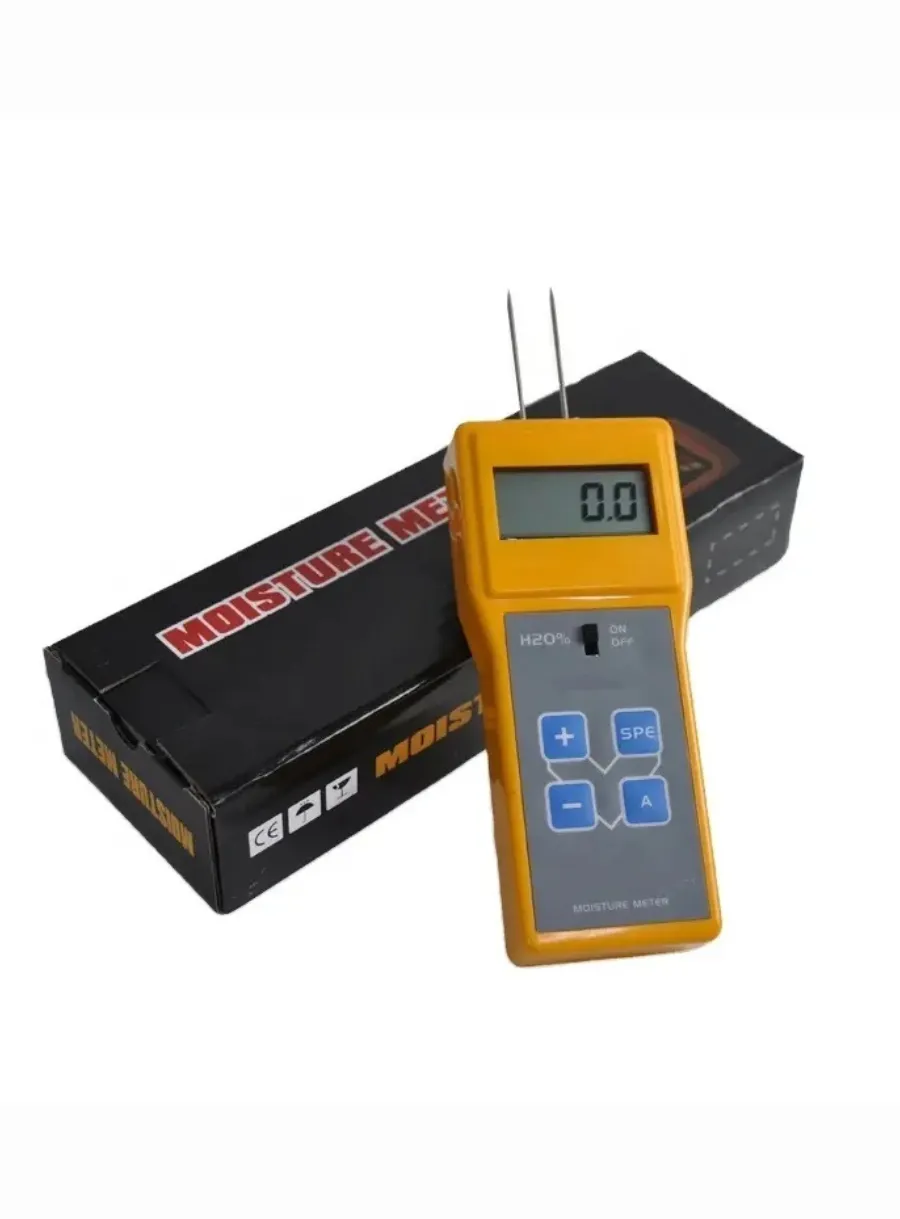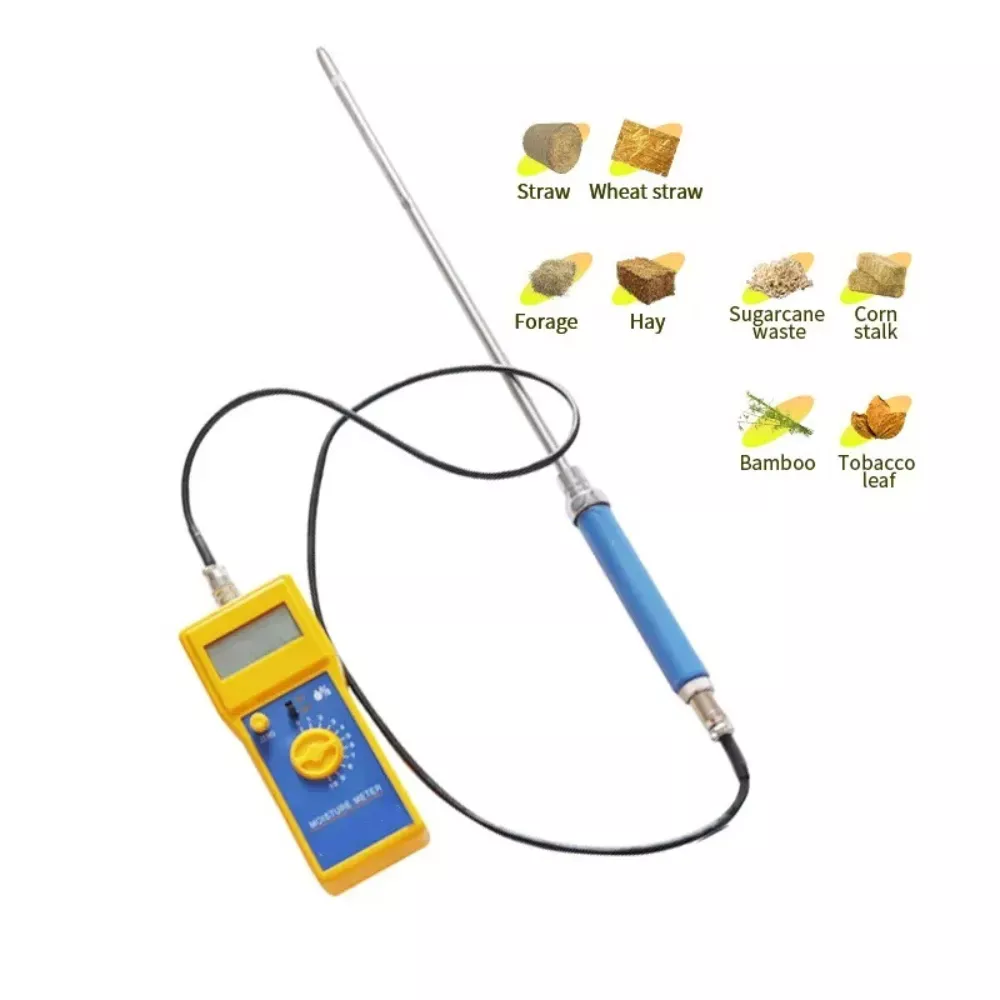
Industry Standards of Meat Moisture Meters
Table of Contents

The meat and poultry industry is subject to a variety of regulations that ensure product safety, quality, and traceability. A significant focus has been placed on traceability of products and accurate labeling of ingredients, driven by increasing consumer awareness and expectations regarding nutritional content and food safety procedures.
Current trends emphasize the importance of enhanced traceability throughout the supply chain. This includes increased demands for sanitization, automation, and the implementation of standard protocols that facilitate efficient data exchange between process equipment and plant information systems. Retailers are also pressuring the industry to meet higher product quality standards, and international market regulations are becoming stricter to ensure compliance with safety benchmarks in an increasingly vigilant regulatory environment.

Microbial Contamination Regulations
Regulations concerning microbial contamination, particularly in drug products such as topical antiseptics, reflect the necessity for stringent Good Manufacturing Practices (CGMP). The FDA enforces compliance with CGMP under the Federal Food, Drug, and Cosmetic Act, ensuring that all products are manufactured to minimize risks associated with contamination. Key regulations include requirements for the testing and validation of in-process materials, with specific guidelines established for both sterile and non-sterile products. Manufacturers are expected to perform risk assessments to identify and mitigate potential sources of microbial contamination, which is crucial for maintaining product quality and safety.
Regulatory Developments
Ongoing developments in regulations aim to reduce redundancy and clarify compliance requirements within the industry. For example, facilities that produce multiple products, such as canned soups, must adhere to overlapping regulatory frameworks. This approach enhances operational efficiency while maintaining high safety and quality standards across product lines. As the industry evolves, it remains essential for stakeholders to stay informed about changing regulations and best practices to ensure compliance and protect consumer health.
Comments
Tags
Frequently Asked Question
Key focuses include traceability of products, accurate labeling of ingredients, and ensuring product safety and quality.
Increasing consumer awareness and expectations regarding nutritional content and food safety procedures have driven a significant focus on traceability and enhanced labeling requirements.
Regulations require stringent Good Manufacturing Practices (CGMP), including testing and validation of in-process materials, as well as risk assessments to identify and mitigate potential sources of microbial contamination.
Ongoing regulatory developments aim to reduce redundancy and clarify compliance requirements, enabling facilities to adhere to overlapping regulatory frameworks more efficiently while maintaining high safety and quality standards.


